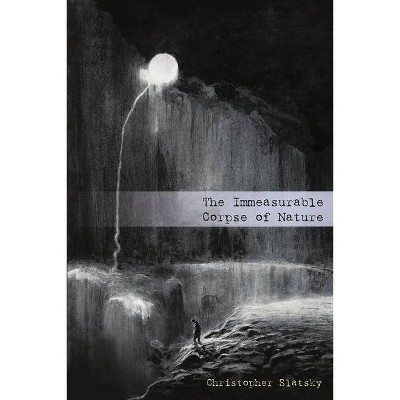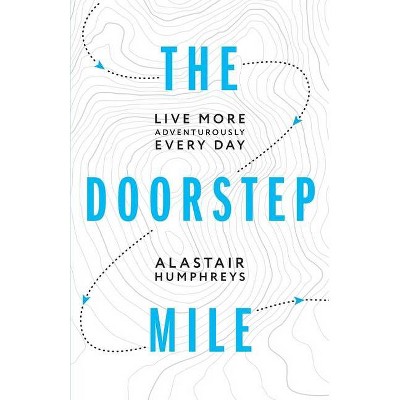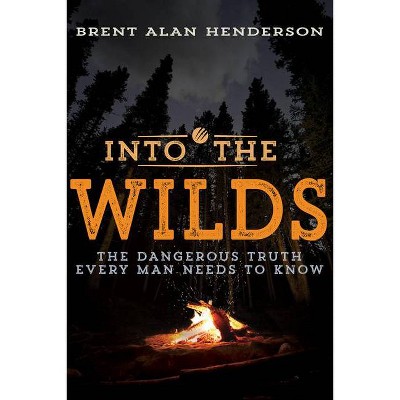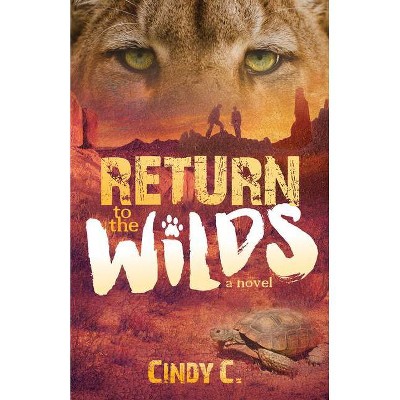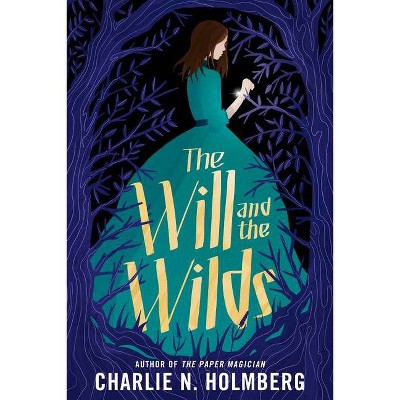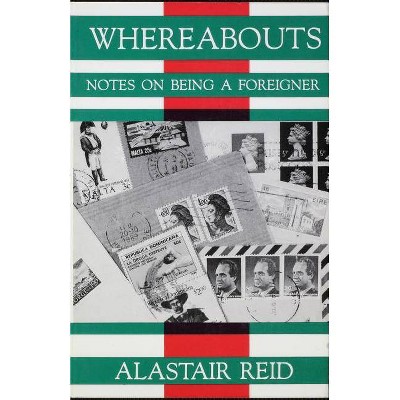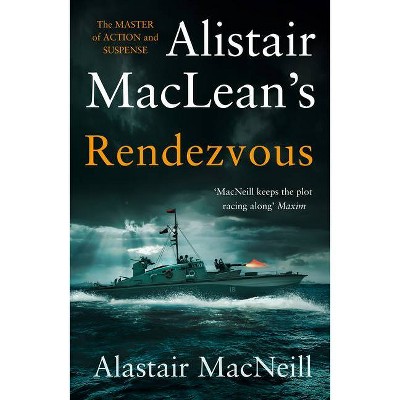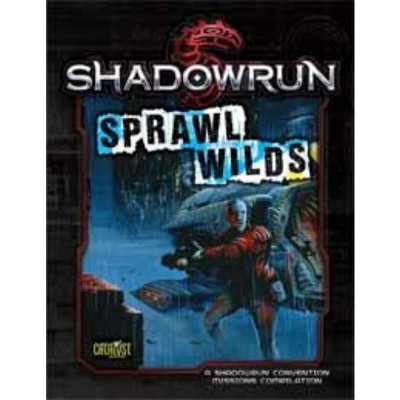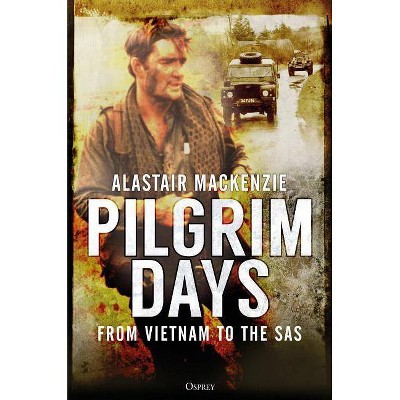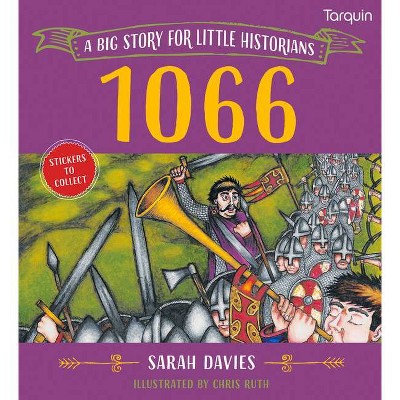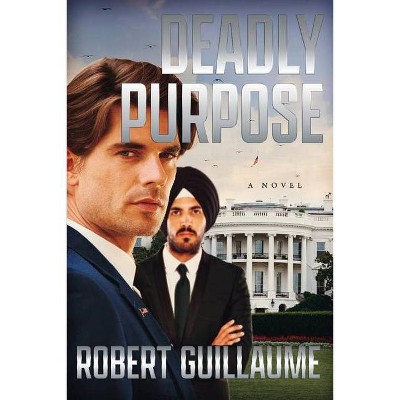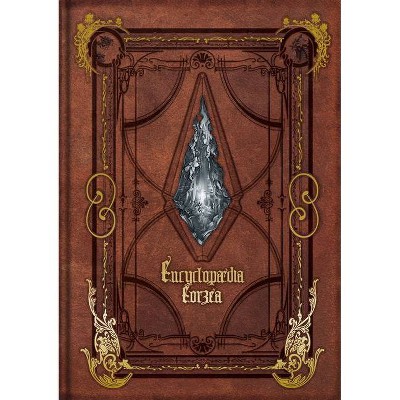The Immeasurable Wilds - by Alastair Mitchell (Paperback)
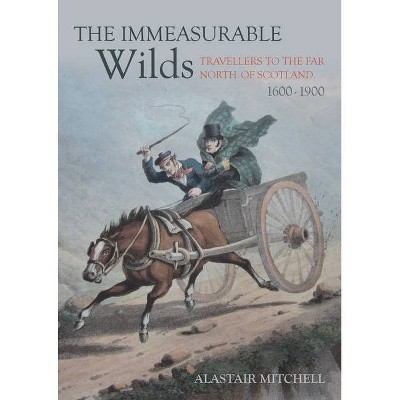
Similar Products
Products of same category from the store
AllProduct info
<p/><br></br><p><b> About the Book </b></p></br></br>Provides an illuminating and entertaining account of how the Far North in Scotland was revealed through early travellers.<p/><br></br><p><b> Book Synopsis </b></p></br></br>Towards the end of the 18th century the attention of mapmakers, explorers and travellers turned to the north of Scotland. The mountains that rise north of Stirling formed a formidable barrier for anyone wanting to visit the Highlands, and travellers to the Far North were even rarer: there were no roads at all into most of Sutherland, and Ross and Cromarty until the early years of the 19th century. Who did go there, and why?This book follows the early mapmakers who gradually revealed the area, including Timothy Pont and Alexander Bryce who published the first accurate map of the north coast. General Roy covered the whole of Scotland for his remarkable 'Great Map', and later, the indomitable and energetic General Colby dragged his reluctant Ordnance Survey team across much of the north, as documented by Robert Kearsley Dawson. Meanwhile, Culloden led to increased interest in the area, as is evident not only from the visit of Dr. Johnson, but also those from Thomas Pennant, Bishop Pococke and the Rev. Charles Cordiner, all of whom managed to reach the far north-west and leave fascinating accounts of what they found. The poverty that was apparent to these visitors from the south led to action from the British government, not least an important road-making scheme under Thomas Telford which is documented in this book using not only the official reports, but also an enthusiastic account left by the Poet Laureate of the time, Robert Southey.With the new roads came the tourists, flocking to sites like Loch Katrine, in search of signs of Sir Walter Scott's heroes and heroines. But it was only the bolder few who made it to the far north-west, men like the Rev. James Hall, 'making love' under the table at Caithness, or James Hogg, ever the ladies' man at Lochs Duich and Maree. The book follows this story, which has barely been mentioned in popular literature, and delights in choice anecdotes from all these accounts, touching on a number of disciplines: cartography, early geology and botany. But above all, it gives a picture of this unknown region, as it seemed to those exploring it, an area of astonishing beauty, with inhabitants that showed notable warmth and generosity in spite of their poverty.The book ends with an account of the Highlands Controversy, a debate that divided the geological community for much of the 19th century, culminating in discoveries that revealed that the area contained some of the most remarkable geology not just in Britain, but in the whole world. Thus recognition was at last achieved for a region that contains some of the most striking scenery in the United Kingdom.<p/><br></br><p><b> About the Author </b></p></br></br>Alastair Mitchell was for 40 years an orchestral musician playing with all the leading groups. An interest in old maps and his Scottish roots, combined with regular holidays in Northern Scotland fired his interest in the early days of travel to this region.
Price History
Price Archive shows prices from various stores, lets you see history and find the cheapest. There is no actual sale on the website. For all support, inquiry and suggestion messagescommunication@pricearchive.us
